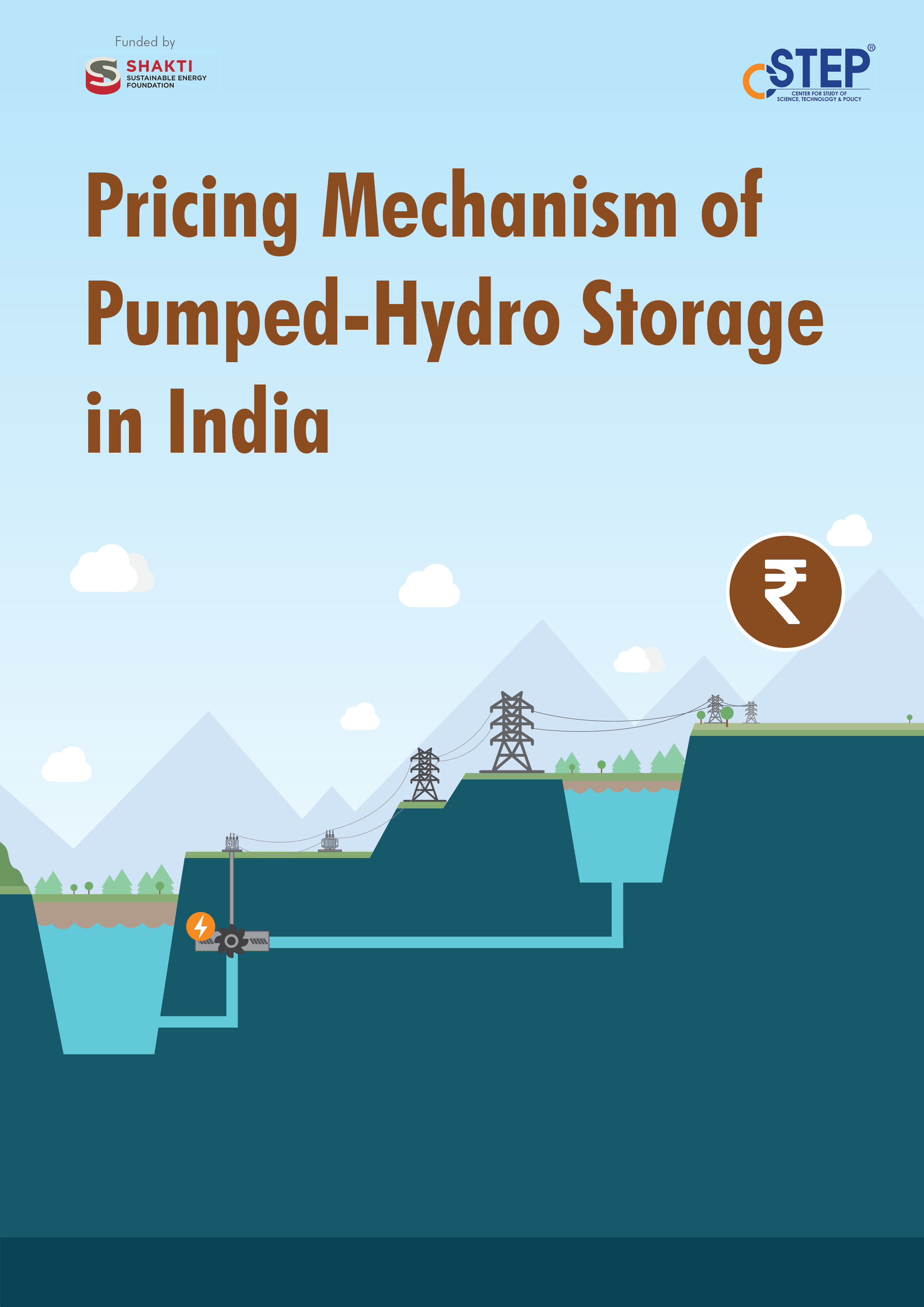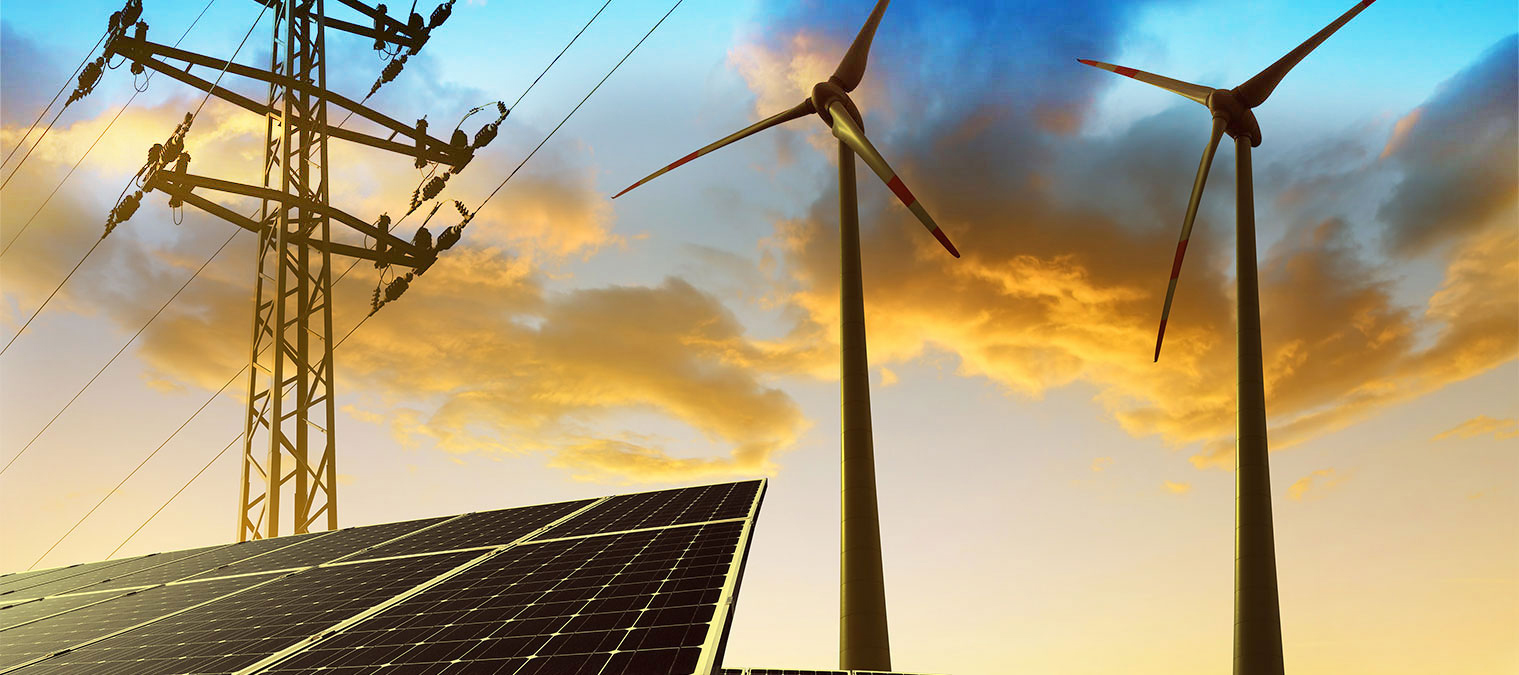India is planning to install 450 GW of renewable energy (RE) generation capacity by 2030. A major share of RE comes from solar and wind energy sources. These are highly intermittent sources of energy, and the generation of power from these cannot be accurately predicted. Moreover, power from these RE sources cannot be dispatched based on real-time demand. This is where utility-scale energy storages, with the ability to manage grid-balancing issues, come in. Among these, pumped-hydro energy storage (PHES) is a mature technology. PHES not only generates electricity for supply but also stores it in the form of potential energy of water.
Types
Policy Brief
Caption
Pricing Mechanism of Pumped-Hydro Storage in India
Upload Documentations
Choose Verticals
From Date
To Date
status
Live
Image

Choose Related Projects
Published by
CSTEP
Page Count
18
Copyright
CSTEP
Publication Detail Header Image
